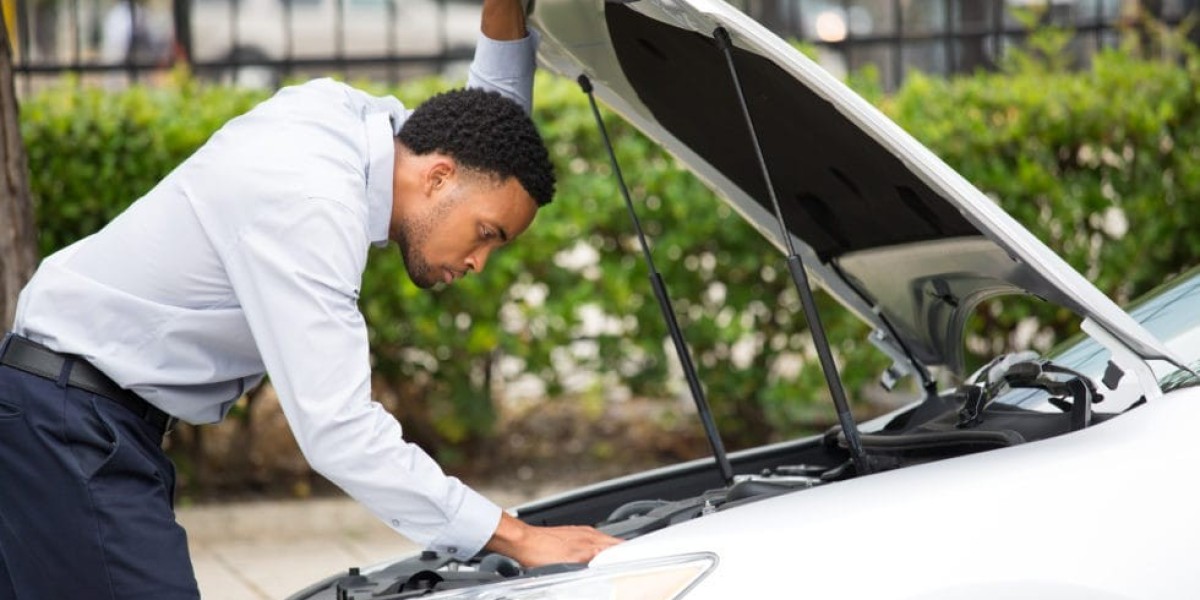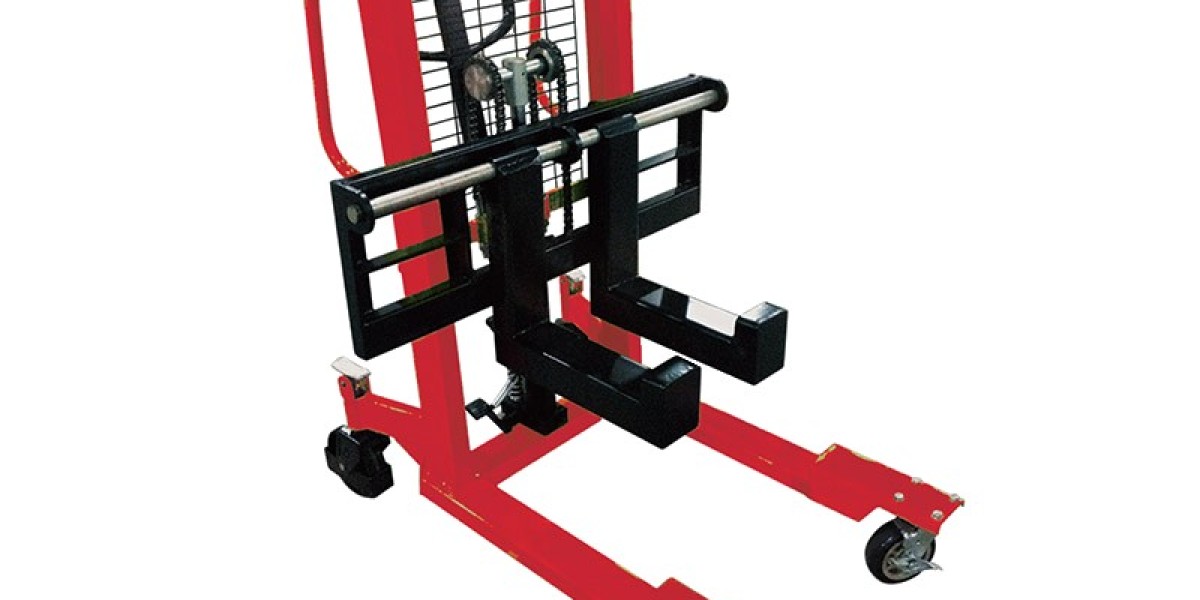Few things are more frustrating than turning the key or pushing the start button on your car—and getting nothing in return. No cranking, no noise, no start. Just silence. If you're stuck in your driveway, parking lot, or even the side of the road, you need answers fast. That’s where a proper Car Won't Start Diagnosis comes in. This guide breaks down everything you need to know about why your engine isn’t cranking and how to troubleshoot it like a pro.
First Things First: What Does “Not Cranking” Mean?
When your engine won’t crank, it means the starter motor isn’t turning the engine over. You’re not hearing the typical "rrr-rrr-rrr" sound that happens when the engine tries to start. Instead, you might hear a click, or nothing at all. This is different from a cranking-but-not-starting scenario, where the engine turns over but doesn’t fire up. No cranking? That narrows down your issues to a few key components.
1. Dead or Weak Battery
Most Common Culprit
If your car isn’t cranking at all, the battery should be your first suspect. A dead or weak battery won’t supply enough power to the starter motor. Symptoms often include:
No interior lights or dashboard activity
A single click or no sound when turning the key
Corroded or loose battery terminals
How to Check It
Use a multimeter. A fully charged battery should read around 12.6 volts.
Try jump-starting the car. If it starts, your battery or charging system needs attention.
Fix: Replace the battery if it’s more than 3-5 years old or won’t hold a charge. Clean terminals and make sure connections are tight.
2. Faulty Starter Motor
The starter motor is responsible for turning the engine over. If it fails, your engine won’t crank.
Symptoms
A loud click or rapid clicking sound when you turn the key
Dim lights when trying to start
No cranking even with a good battery
How to Check It
Tap the starter lightly with a wrench while someone turns the key—if it starts, the starter is going bad.
Test voltage to the starter solenoid.
Fix: Replace the starter motor. It’s a job many DIYers can handle, depending on access to the starter location.
3. Bad Ignition Switch
The ignition switch sends power from the battery to the starter and other components. If it fails, your car might not respond at all when you turn the key or press the button.
Symptoms
No dash lights when key is turned to the “on” position
No click, no crank
Accessories may not work either
How to Check It
Wiggle the key and try again (if it’s an older car with a physical key).
Check for power going to the starter when the key is turned.
Fix: Replace the ignition switch. This might require disassembling part of the steering column.
4. Faulty Neutral Safety Switch (Automatic Transmission)
For safety reasons, your car will only start in Park or Neutral. If the neutral safety switch fails, the car may think it’s in gear and won’t allow the starter to engage.
Symptoms
No response when turning the key
Car starts in neutral but not in park (or vice versa)
How to Check It
Try starting the car in neutral.
Look for diagnostic trouble codes using a scanner.
Fix: Replace the neutral safety switch or adjust the shifter linkage.
5. Bad Clutch Pedal Switch (Manual Transmission)
If you drive a manual, the clutch pedal switch must be fully pressed for the engine to crank.
Symptoms
Nothing happens when the key is turned
Car only starts when pedal is pressed really hard
How to Check It
Press the clutch firmly and listen for a clicking sound.
Check for broken or misaligned switch.
Fix: Replace or adjust the switch.
6. Blown Fuse or Relay
A blown starter fuse or a bad starter relay can interrupt the circuit between your battery and starter motor.
Symptoms
Silence when turning the key
Other electrical systems may work fine
How to Check It
Inspect fuses related to the ignition and starter system.
Test or swap the starter relay with a similar one in the fuse box.
Fix: Replace blown fuses or bad relays. Make sure to find out why the fuse blew in the first place—there may be an underlying issue.
7. Wiring or Ground Connection Issues
Loose or corroded wiring can prevent power from reaching the starter, ignition switch, or battery.
Symptoms
Intermittent starting
No crank with no apparent reason
How to Check It
Inspect battery cables and ground straps for corrosion or looseness.
Look for signs of rodent damage or frayed wires.
Fix: Clean terminals, tighten connections, and replace damaged wires.
8. Security System Lockout
Modern cars have anti-theft systems that can disable the ignition or starter. If your key fob battery is dead or the system malfunctions, the car may think you're trying to steal it.
Symptoms
Security or immobilizer light on dashboard
No crank
“Key not recognized” message
How to Check It
Try using a spare key.
Replace the key fob battery.
Disconnect the battery and reconnect it after 10 minutes to reset the system.
Fix: Reprogram the key, replace the fob, or have the dealer reset the system.
9. Engine Seizure (Rare but Serious)
If the engine has seized, it physically can’t crank. This usually happens due to lack of oil or severe mechanical failure.
Symptoms
Loud clunk or nothing at all
Burning smell or smoke
No movement when trying to turn crankshaft manually
How to Check It
Try turning the crankshaft by hand with a socket wrench.
Check oil level and look for leaks.
Fix: This is often a worst-case scenario and may require engine repair or replacement.
Final Thoughts: How to Approach a Car Won’t Start Diagnosis
When your car won’t crank, don’t panic. Use a step-by-step Car Won’t Start Diagnosis process to identify the issue:
Start with the battery – it's the most common and easiest to check.
Listen for clicks or silence – they give clues about the starter and ignition.
Check fuses, switches, and wiring – small things can cause big problems.
Don’t forget about the security system – especially in newer vehicles.
If you’re unsure or can’t find the problem, don’t hesitate to call a professional mechanic. Some mobile mechanics even offer same-day service to get you back on the road without a tow.
Conclusion
A no-crank situation doesn’t have to ruin your day. Whether it’s a dead battery, a faulty starter, or a simple blown fuse, you now have a solid Car Won’t Start Diagnosis checklist to work from. By narrowing down the cause step-by-step, you can avoid unnecessary repairs and get your engine purring again in no time.



